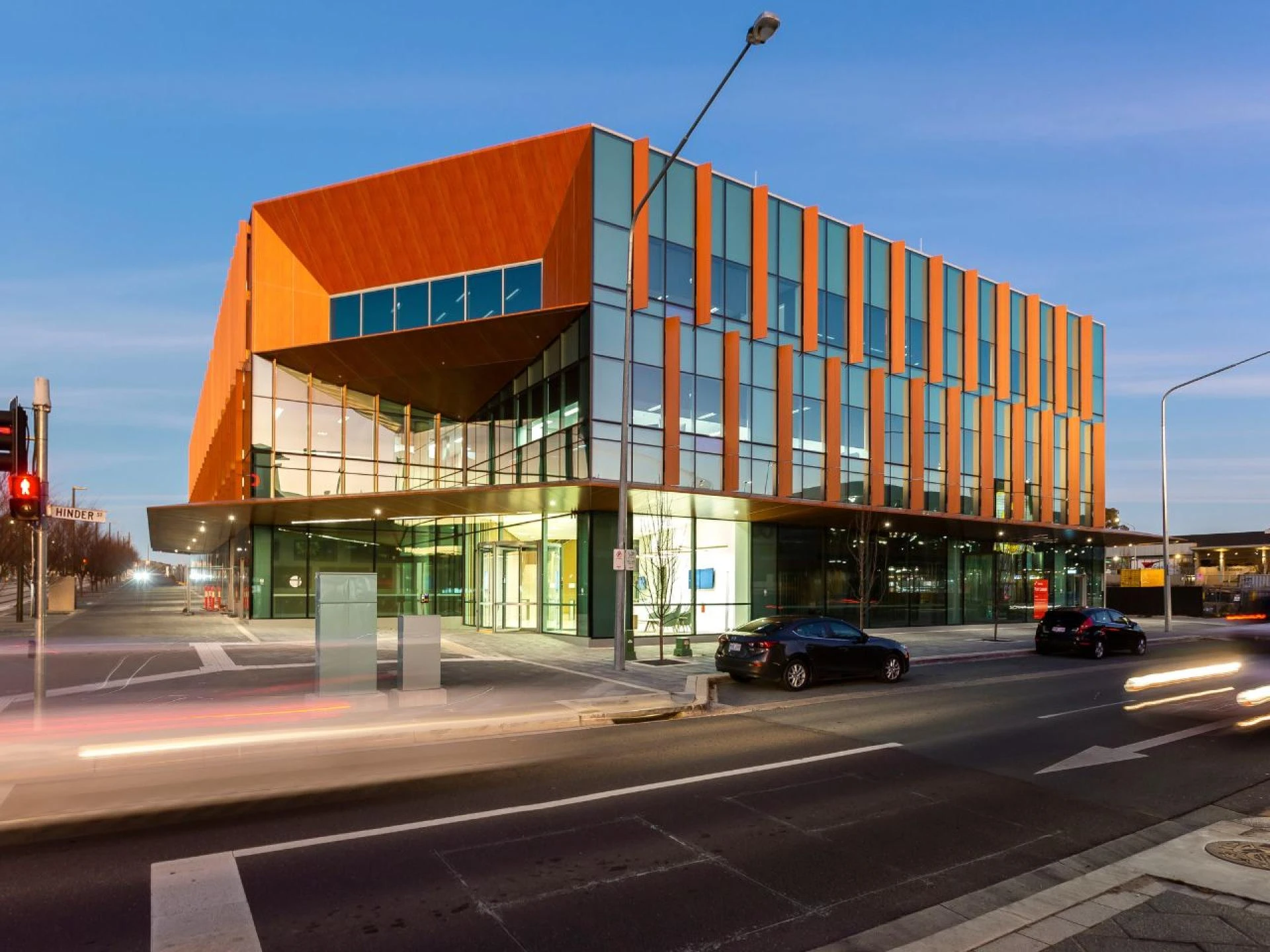The right cladding is aesthetically pleasing and safer for your home. This article explores the pros and cons of installing aluminium cladding in your building.
When it comes to choosing materials for building exteriors, aluminium cladding has become a popular choice for many architects and builders. This material, known for its durability and aesthetic appeal, is used in various types of buildings, from residential homes to commercial structures. However, like any building material, aluminium cladding has its advantages and disadvantages. In this article, we will explore the pros and cons of installing aluminium cladding in your building.
Pros of Aluminium Cladding
Durability and Longevity: One of the most significant advantages of aluminium cladding is its durability. Aluminium is resistant to corrosion, which means it doesn't rust or deteriorate easily. This makes it an ideal choice for buildings in areas with harsh weather conditions. Additionally, aluminium cladding can last for decades, reducing the need for frequent replacements.Low Maintenance: Aluminium cladding requires minimal maintenance. Unlike other materials that may need regular painting or treatments, aluminium can be easily cleaned with water and mild detergent. This low maintenance aspect can save time and money over the long term.Lightweight: Aluminium is a lightweight material, which makes it easy to handle and install. This can lead to lower labour costs and shorter installation times. The lightweight nature of aluminium also puts less structural strain on buildings, which can be particularly beneficial for high-rise constructions.Aesthetically Pleasing: Aluminium cladding comes in various finishes and colours, offering a range of aesthetic options. It can be designed to mimic other materials like wood or stone, providing versatility in design. This flexibility allows architects and designers to create unique and modern building exteriors.Eco-Friendly: Aluminium is a sustainable material. It is 100% recyclable, and its recycling process uses only a fraction of the energy required to produce new aluminium. This makes aluminium cladding a more environmentally friendly option compared to some other materials.Cons of Aluminium Cladding
Cost: One of the primary drawbacks of aluminium cladding is its cost. Aluminium can be more expensive than other cladding materials like vinyl or wood. The initial investment for aluminium cladding can be higher, which might be a significant factor for budget-conscious builders or homeowners.Noise: Aluminium can be noisier than other materials, especially during rain or hail. The sound of raindrops or hail hitting the aluminium surface can be louder compared to other materials, which might be a concern in certain environments.Thermal Performance: While aluminium is a durable material, it is not the best insulator. In its basic form, it can conduct heat, leading to less efficient thermal performance of the building. However, this can be mitigated by using insulated aluminium panels.Denting and Scratching: Although aluminium is durable, it is prone to denting and scratching. Impacts from heavy objects or harsh contact can leave marks on the cladding. While these don't typically affect the structural integrity, they can mar the appearance.Installation Expertise: Proper installation of aluminium cladding requires expertise. Incorrect installation can lead to problems like water leakage. It's important to hire experienced professionals, which can add to the overall cost.Summing up, aluminium cladding offers a range of benefits, including durability, low maintenance, aesthetic flexibility, and eco-friendliness.

